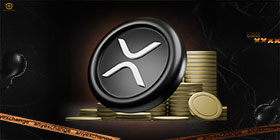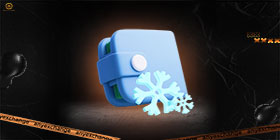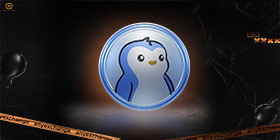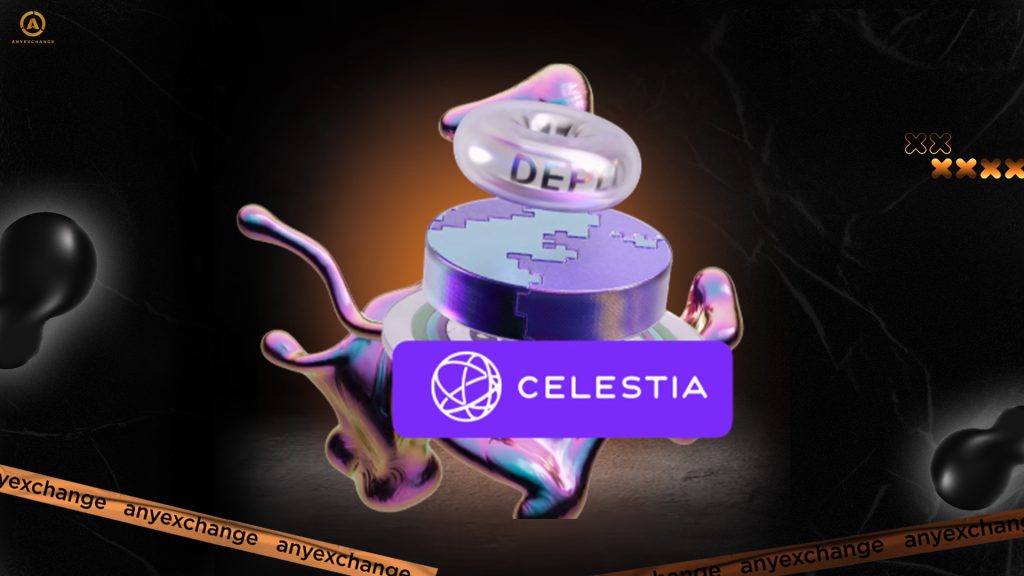
While monolithic blockchains struggle to overcome their limitations, the world’s first modular blockchain has been launched, revolutionizing scaling. Celestia is not just another Layer-1 blockchain; it is a true infrastructure revolution. Celestia splits the legacy model of consensus, execution, and data storage into chunks, thereby gaining enormous benefits.
Despite their proven reliability, monolithic blockchains like Bitcoin and Ethereum face a fundamental problem: scaling without sacrificing decentralization and security is extremely difficult. Without a guarantee that block data is verifiable, any attempt to increase throughput becomes fragile and centralized. The Celestia blockchain offers data availability (DA), an innovative systеm that enables data storage and verification without fully downloading and executing all blocks.
This article will explore why the DA mechanism is essential to the future of blockchain architecture and how Celestia’s scalability enables the development of independent rollups that are faster, cheaper, and more secure than ever before.
What are Celestia and Modular Blockchains?
Celestia was launched in 2023. It grew out of the LazyLedger research project, which focused on modular blockchain architecture and scalability. The team consists of developers with extensive experience in Ethereum, Tendermint, and other essential Web3 infrastructures. Among the co-founders are:
- Mustafa Al-Bassam, a cryptographer and former LulzSec hacker who later received a Ph.D. in computer security.
- Ismail Hoffie, an engineer experienced in the Cosmos ecosystem;
- John Adler is an expert in rollup solutions.
Celestia is the world’s first Layer-1 blockchain that handles only consensus maintenance and data availability, separating these functions from computations and execution. This innovative modular approach is the essence of Celestia’s fundamental difference from traditional networks, which have all functions closed within a single structure.
Classic monolithic blockchains’ architecture usually implements the following functionality simultaneously:
- Consensus: agreement between nodes on the order and content of blocks.
- Execution: execution of transactions and smart contracts.
- Storage and data availability — providing participants with all the necessary data for verification.
This creates a bottleneck: The greater the number of users and transactions, the greater the load on each network node. As a result, decentralization decreases, and the blockchain’s scalability worsens.
Celestia offers an alternative by taking on only consensus and data availability. This gives developers the opportunity to build their own rollups that can independently process and execute transactions. These rollups can be optimized for specific tasks, such as DeFi, NFTs, and gaming applications, while relying on the Celestia blockchain for fundamental data storage and coordination.
Thus, any project can connect to the DA layer and launch its rollups without creating its own infrastructure from scratch. This brings Celestia’s development closer to the cloud service model: everyone launches their own application without worrying about physical hosting — in this case, the underlying blockchain. This strategy ushers in a new era of modular blockchains, where each part is responsible for a specific function and can evolve independently. This structuring and delegation of functionality enables the launch of multiple parallel ecosystems on top of one DA layer. This relieves the underlying network and increases the systеm’s overall fault tolerance.
The name Celestia comes from the word “celestial,” meaning “heavenly” or “starry.” This emphasizes the project’s role as a fundamental layer on which individual blockchain systems are built. This reflects a modular approach: Celestia does not compete with L1 networks; rather, it provides them with a foundation.
Why is data availability critical to scaling?
At first, scalability may seem like a matter of increasing throughput or reducing fees. However, a less obvious but critical aspect lies at the core of this problem: data availability. This refers to the accessibility of data for transaction verification. Without guaranteeing that block data is available to all network participants, any attempt to speed up the blockchain can lead to centralization and decreased security.
In monolithic blockchains such as Ethereum and Bitcoin, each full node must independently download, store, and process all block data. As block sizes increase or the speed at which they are generated accelerates, the validation requirements increase dramatically. This limits the number of people who can run nodes and reduces decentralization. Furthermore, in such an architecture, it is impossible to quickly verify whether the necessary verification data is available. A block can be added to the chain; however, if the author intentionally hides some of the data, validators and users cannot verify it with certainty. This opens up a whole category of attacks, especially in systems with external execution, such as rollups.
How does Celestia solve the scaling problem?
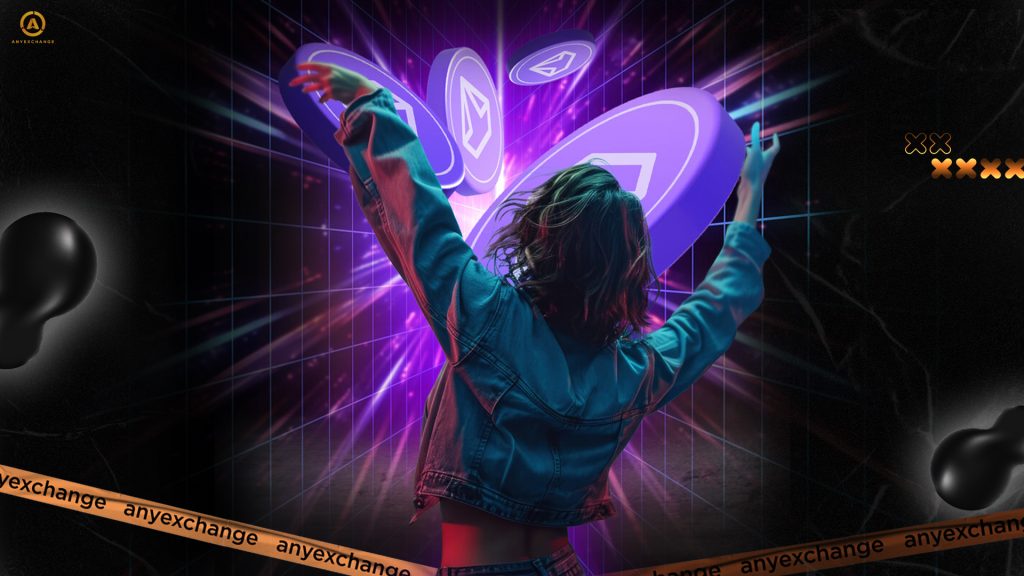
Celestia implements a set of technological innovations centered on data availability and effective consensus.
- One such innovation is a breakthrough data availability mechanism called Data Availability Sampling (DAS). This technology enables even the lightest clients to verify that all the data in a block exists without downloading the entire block. A light client is a node that does not store the entire blockchain but instead performs random checks to confirm the data’s accuracy. Celestia DAS works by having a node randomly sеlect and check small pieces of block data. If enough nodes do this independently and find no gaps, the entire block can be verified with a high degree of probability. It is a statistical method, but its reliability increases with the number of network participants. With DAS, even mobile devices can validate Celestia transactions, which is revolutionary for decentralization. DAS enables thousands of participants to validate blocks without creating an unnecessary load, which distinguishes the Celestia blockchain from previous generations.
- Celestia uses Namespaced Merkle Trees (NMTs) to ensure that the data is correctly structured. This storage format segments data into namespaces. This allows you to quickly extract and verify only the part of the block relating to a specific rollup without scanning the entire volume of data. This structure is ideal for scaling multiple parallel networks.
- The consensus is based on Comet BFT, a Tendermint fork adapted to the Celestia network’s needs. This algorithm ensures high finality speed and resilience to failures while maintaining the principles of decentralization.
The Celestia ecosystem is integrating with leading projects. For instance, Polygon CDK has incorporated Celestia as a DA layer for its ZK rollups. Additionally, the Dymension platform is developing its own rollups on Celestia, thereby enhancing flexibility and reducing launch costs. These rollups can publish data on Celestia instead of the main Ethereum network, which is cheaper and faster. This approach has an impressive effect: developers can reduce the cost of publishing data by up to 100 times compared to Ethereum. This is critical for the mass deployment of Web3 applications, especially in areas such as microtransactions, gaming tokens, social networks, and AI services.
Celestia achieves scalability not by increasing computing power but by separating responsibilities. Each layer — from execution to consensus and storage — can scale independently, creating a flexible and resilient structure. This innovation enables us to build networks in which thousands of rollups can operate quickly and securely without overloading the infrastructure.
Risks and challenges of Celestia
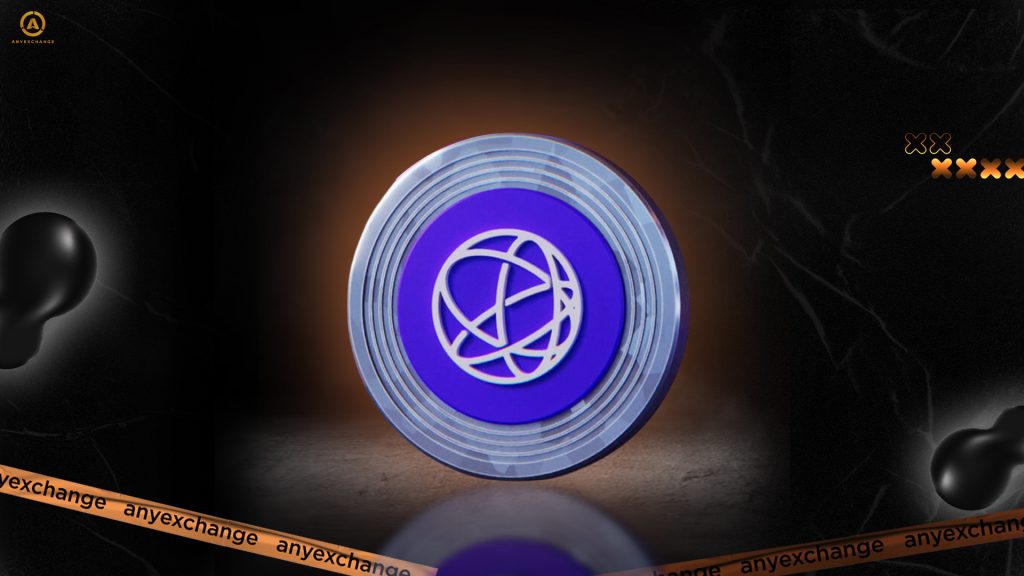
- Competition: Strong players such as Avail and EigenDA are emerging in the modular blockchain and data availability solutions space. These projects offer alternative architectures and algorithms as they try to find their niche.
- Dependency on Rollups: The Celestia model assumes that projects will use its base layer for data storage while executing transactions on outer layers. However, if Celestia rollups slow down or serious security issues arise, this could impact the demand for the network.
- Regulatory risks: As with the entire crypto space, the Celestia blockchain is potentially exposed to regulatory risks, especially given the project’s global nature.
- Technical risks: These inсlude the difficulty of maintaining and updating the modular architecture. Vulnerabilities in the implementation of Celestia DAS or the CometBFT consensus protocol could affect the network’s stability.
The future of Celestia and modular blockchains
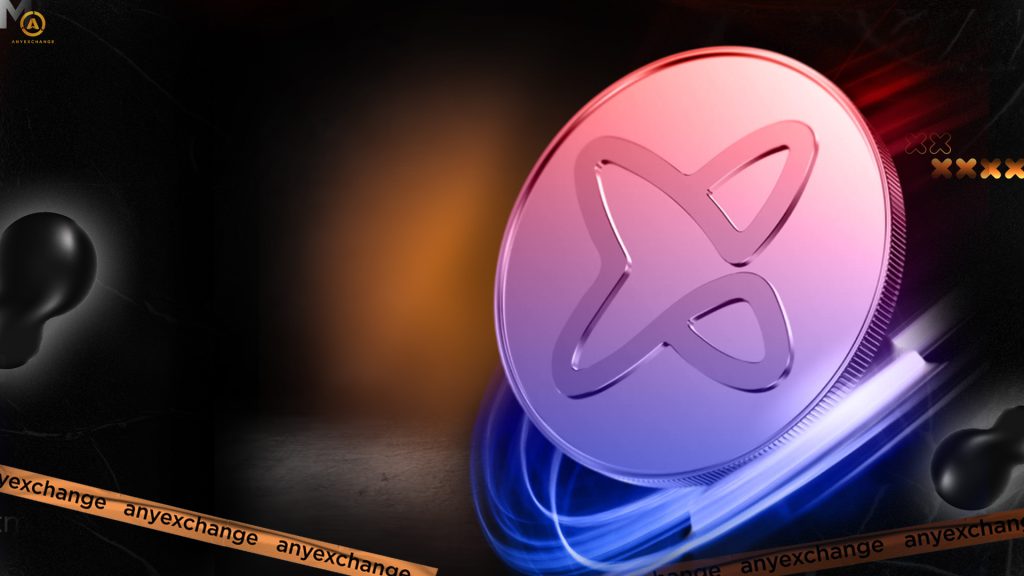
The development prospects for Celestia and modular blockchains in general look extremely promising. The project is actively working to improve throughput and expand functionality, which will solidify its position as a leader in scalability and decentralization.
The two key releases in the upcoming updates will be Ginger and Lotus. Ginger promises to double network throughput, significantly increasing the efficiency of data publication and reducing latency. Lotus is scheduled for the third quarter of 2025 and will facilitate the implementation of new consensus and rollup interaction mechanisms, opening up additional opportunities for developers.
The Celestia TIA token remains an important element of the ecosystem, playing a central role in staking, network security, and governance mechanisms. As the ecosystem evolves, Celestia token holders will have more opportunities to participate in project governance. Currently, they can delegate stakes and maintain network security. In the future, they will be able to fully participate in voting and influence key decisions regarding the development of the protocol.
The growth of the Celestia ecosystem contributes to the emergence of new projects in gaming, artificial intelligence, and asset tokenization. Thanks to its scalable architecture, developers can create customized, high-throughput applications at low cost. This paves the way for the widespread adoption of Web3 products that offer real value to users.
Conclusion
Celestia is ushering in a new era of blockchain technology development by offering a simple, unique solution that eliminates the limitations of traditional monolithic networks while enabling scalability without compromising security or decentralization.
The Celestia ecosystem’s continued development will strengthen its position as a key player in scalable blockchains and Web3.
If you’re interested in staying at the forefront of innovation and exploring new scalability opportunities, be sure to study the Celestia project and follow its updates — there’s a lot to look forward to.
Thank you for your attention. Invest safely and profitably!
AnyExchange is an exchanger through which you can convert cryptocurrency at the most favorable rate and make secure money transfers around the world.
FAQ
What is Celestia?
It is the world’s first modular blockchain, which separates the functions of consensus and data availability from transaction execution. This creates the conditions necessary for developing scalable, decentralized rollups.
Why is data availability important?
Data availability ensures that all block data is available for verification, which is critical for the security and scalability of blockchains.
How does Celestia help rollups?
It provides a reliable data availability layer on which rollups can safely publish data, reducing the execution load and cost.
What risks does Celestia pose?
The main risks are competition with other data availability (DA) solutions, dependence on the development of rollups, and technical and regulatory challenges.
Where can you buy the TIA token?
The TIA token is available on major cryptocurrency exchanges, including Binance, KuCoin, Coinbase, and Kraken, as well as many decentralized exchanges (DEXs).

